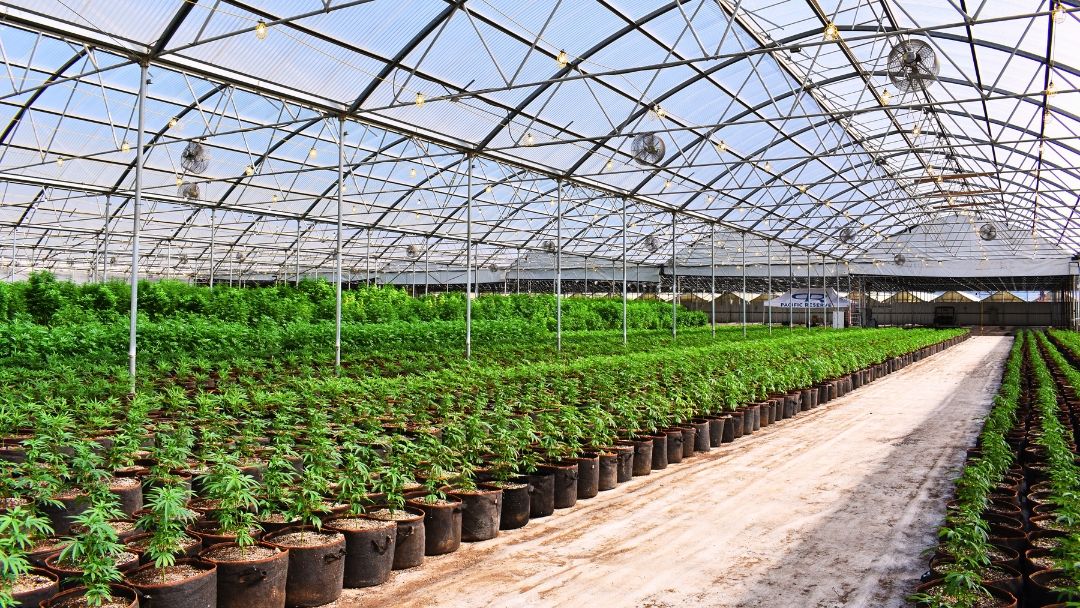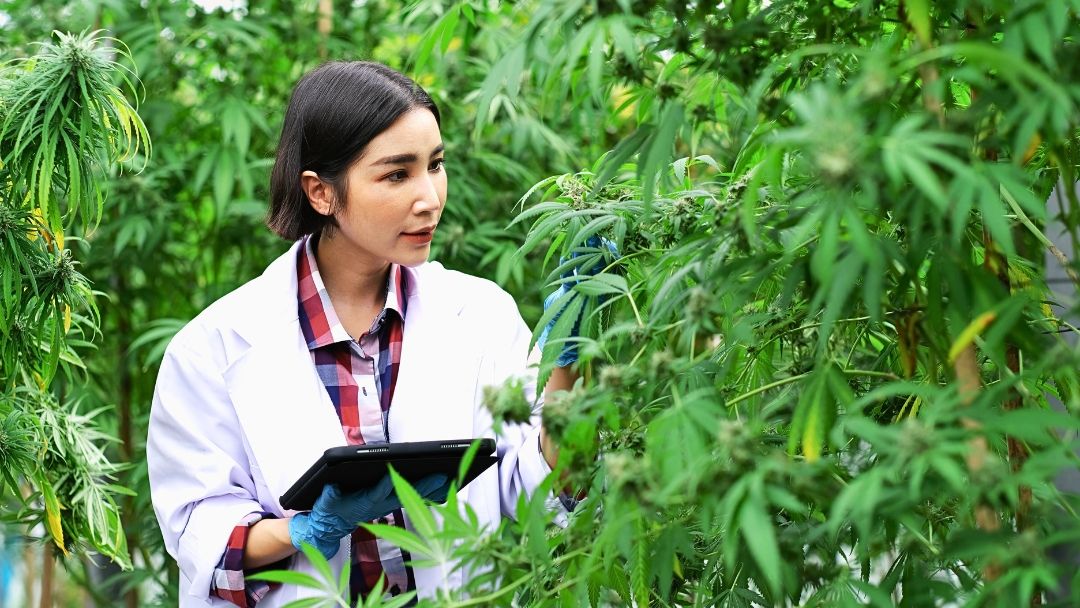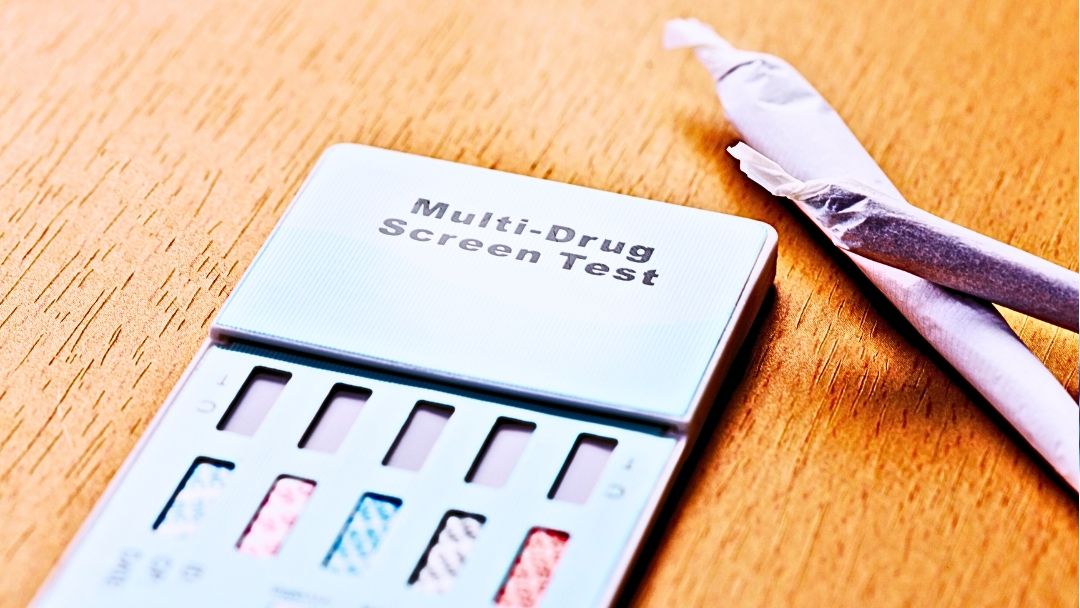Health Canada has recently implemented significant updates to the national cannabis regulations, aiming to address industry challenges while maintaining public health and safety standards. These changes, effective as of March 12, 2025, impact various aspects of cannabis production and distribution.
Key Changes in the Regulations:
Licensing:
The cultivation canopy for micro licenses has been expanded from 200 square meters to 800 square meters, and for nurseries from 50 square meters to 200 square meters.
Meanwhile, manufacturing capacity limits for producers have increased from 600 kilograms to 2,400 kilograms of dried cannabis.
Meanwhile, manufacturing capacity limits for producers have increased from 600 kilograms to 2,400 kilograms of dried cannabis.

Production:
The previous one-gram limit for pre-rolled joints has been removed, allowing for greater product variety.
In addition, producers can now co-pack multiple discreet 10 milligram THC cannabis edibles in a single package.
Packaging and Labelling:
The updated regulations permit the inclusion of QR codes on cannabis product labels, providing consumers with easy access to detailed product information.
Security Measures:
Physical security requirements have been adjusted for certain license categories to better align with the actual risks associated with their activities.
Record Keeping:
The necessity for monthly cannabis tracking system (CTS) reporting has been revised, potentially reducing administrative burdens for license holders.

Implications for Consumers
For those working in high-risk jobs, these changes could have serious workplace implications. Cannabis impairment remains a major safety concern, and even with increased access, employers will continue enforcing zero-tolerance policies in safety-sensitive roles. That means even if you legally purchase stronger pre-rolls or edibles, consuming them before or during work could put your job and safety at risk.
With larger THC doses becoming more common, even using cannabis off the job could create problems. THC stays in the system for hours or even days, depending on how it’s consumed.
This means a strong edible taken the night before could still show up on a workplace drug test, even if you don’t feel impaired. With some employers adopting random drug testing policies, workers need to understand the risks of cannabis staying in their system long after use.
With larger THC doses becoming more common, even using cannabis off the job could create problems. THC stays in the system for hours or even days, depending on how it’s consumed.
This means a strong edible taken the night before could still show up on a workplace drug test, even if you don’t feel impaired. With some employers adopting random drug testing policies, workers need to understand the risks of cannabis staying in their system long after use.

